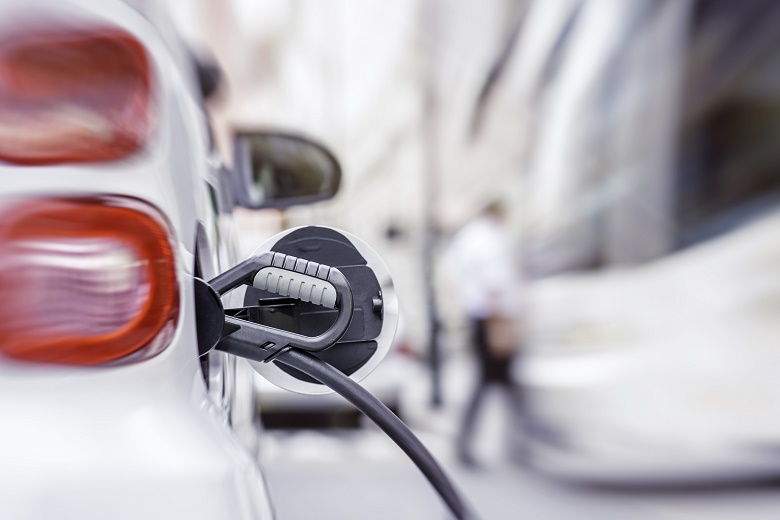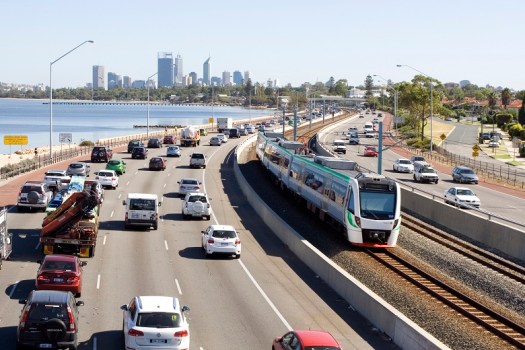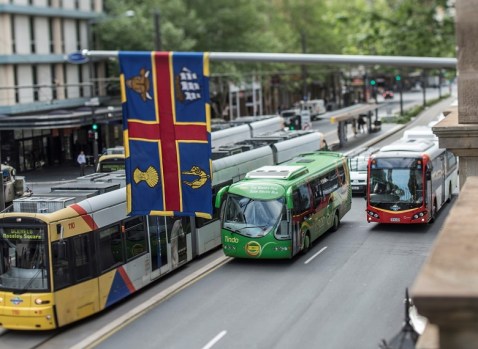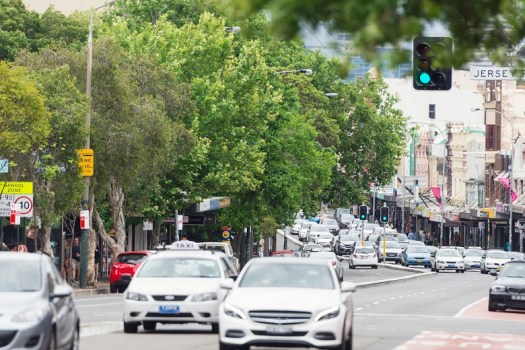
The establishment of a nationwide electric vehicle (EV) fast-charging network within the next five years has been identified as a national high priority initiative by Australia’s infrastructure auditing and advisory body.
Infrastructure Australia’s acting chief executive Anna Chau, who spoke at a CEDA lunch in Sydney on Tuesday, told the audience some analysts estimate that by 2025, 36 per cent of the Australian fleet will be electric.
Infrastructure Australia’s own analysis suggests that by 2040 EVs will account for 70 per cent of new vehicle sales and 30 per cent of Australia’s vehicle fleet.
There are currently 2,300 EVs on Australian roads.
However, at present there are less than 800 charging stations across the nation, of which less than three quarters are fast charging, compared to more than 6,000 petrol stations.
Lack of access to charging stations has been identified by around two-thirds of motorists as a key barrier to adopting EVs, Infrastructure Australia says.
Saying goodbye to internal combustion
“Infrastructure Australia sees the mainstream uptake of EVs as an inevitable shift,” Ms Chau said.
“As countries transition to electric vehicles and hybrids Australia will have little choice but to follow suit. However in order to maximise the benefits from EVs we need to be proactive from a policy and infrastructure perspective.”
As well as establishing a national fast-charge network, there also needs to be investment in energy network infrastructure to ensure adequate generation and distribution to supply additional EV chargers, and policies and regulations to ensure uniform standards and interoperability.
Ms Chau said large manufactures including Mercedes Benz and Volvo are shifting investment away from internal combustion engine vehicles and plan to end production of these models within four years.
Volkswagon and BMW have committed $75 billion to develop EVs, and Toyota will roll out ten new EVs in the early 2020s including an electric HiLux.
The move to EVs on a commercial level is also being replicated in public policy, with governments around the world legislating to reduce their reliance on internal combustion, she said.
Infrastructure priorities
The 2019 edition of the Infrastructure Priority List released last month presents 121 nationally important proposals and a $58 billion funding pipeline designed to guide priority and high priority investment projects over the next 15 years.
The report says the arrival on the scene of the electric vehicle represents a pivotal point in mass transport.
“The advent of electric vehicles, along with automation, growth in the ‘sharing economy’ and technological connectivity, could bring the largest transformation the transport sector has seen since the shift from steam to diesel locomotives.
“It will also forge links between the energy and transport network that did not previously exist.”
The appearance of a fast charging network for electric vehicles in the national priority list for the first time recognises the environmental and productivity benefits of EV takeup, Ms Chau said, “but only if supported by strategic infrastructure investment.”
National EV transport strategy
A Senate Committee earlier this year released a report making 17 recommendations to increase EV uptake in Australia.
The Select Committee on Electric Vehicles said EVs are transforming transport around the world and their widespread use in the Australian transportation fleet would deliver significant economic, environmental and health benefits to consumers and society.
However, the report says “Australia lags behind other comparable countries due to a relative absence of overarching policy direction from Australian Governments”.
It says Australian governments should prioritise the development of a national EV strategy and establish an inter-governmental taskforce to lead implementation. National EV sales targets should also be set for the federal government to work with the states and local government to coordinate procurement, the report says.
THE Australian federal government last month outlined a plan to develop a national electric EV strategy as part of its $3.5 billion Climate Solutions Package.
Comment below to have your say on this story.
If you have a news story or tip-off, get in touch at editorial@governmentnews.com.au.
Sign up to the Government News newsletter.



In the need for the rollout of and electric vehicle charging station program over the country and before putting good money into this do not forget that hydrogen is coming along and will produce greater environmental benefits than electric cars. No CO2 and a significant contribution of moisture to the atmosphere. Imagine the number of cars/vehicles world wide producing water as the byproduct and that water evaporating into the atmosphere to feed the climate. Worth thinking about.
Electric cars are the current answer to our problem. We tend to forget that particulates from Petrol and Diesel road transport kill thousands of people prematurely every year. (PM10 and PM2.5 micron particulates cause all sorts of respiratory and heart disease issues – see CSIRO data). (see also impacts in the EU – https://euobserver.com/environment/139048)
And, exhaust from these fuels hospitalise tens of thousands in any one year. For this we pay extra in our health care system instead of at the petrol pump. The cost is enormous. We need to convert asap – not wait for “future” technology. The real comparative cost of electric is well under ICE vehicles at a capacity carrying level when you take pollution impacts into account (past the direct health impacts have we forgotten also Deepwater Horizon and Exxon Valdez?)
With respect to hydrogen technology I don’t see any science behind “will produce greater environmental benefits than electric cars” I suspect that is just an opinion. You might want to consider that the most impactful climate change airborne substance is water vapour. refer
https://www.acs.org/content/acs/en/climatescience/climatesciencenarratives/its-water-vapor-not-the-co2.html
So just stating that hydrogen is good because it puts water vapour into the air seems again like an ill-founded opinion.
Sorry to disagree but what we need is more about us all getting behind existing technology know-how and proven answers and just do electric now as much as we practically can, and clean up energy systems and transport systems first – then move to agriculture. ITS A PRIORITY.
There is no doubt that EVs are getting very popular and that they are the current solution to many problems related to environmental concerns. Although Hydrogen / Fuel Cell technologies are catching up, it will take few more years before they are widely commercialized and available to wider population. However, let us not forget that EVs are not completely environment friendly due to the disposal issues of batteries that drive them. Unless measures such as European Directive on Batteries are implemented and enforced rigorously by all countries, we will have another challenge on hand in next 10-12 years.